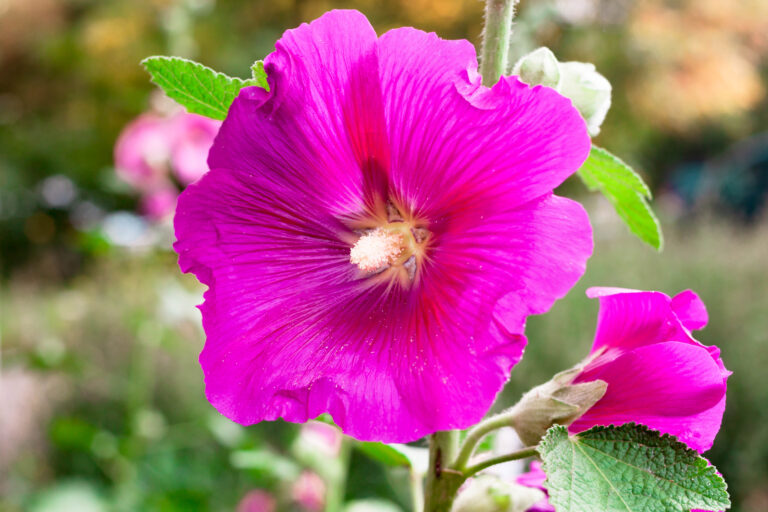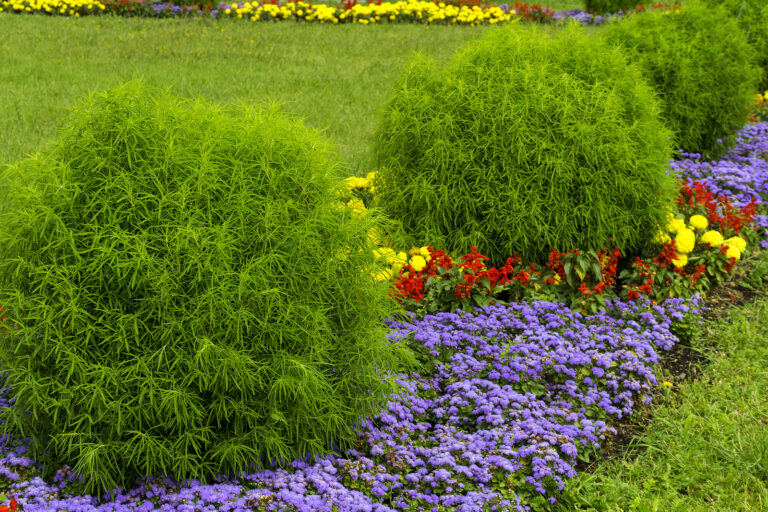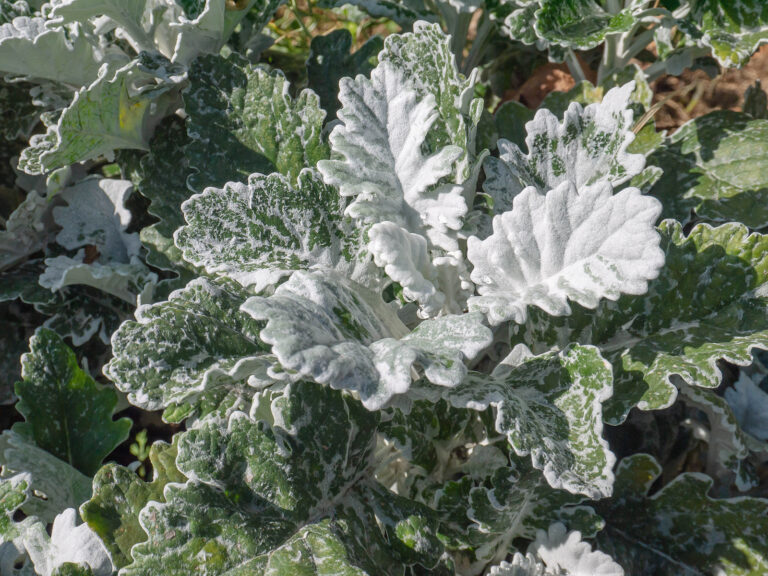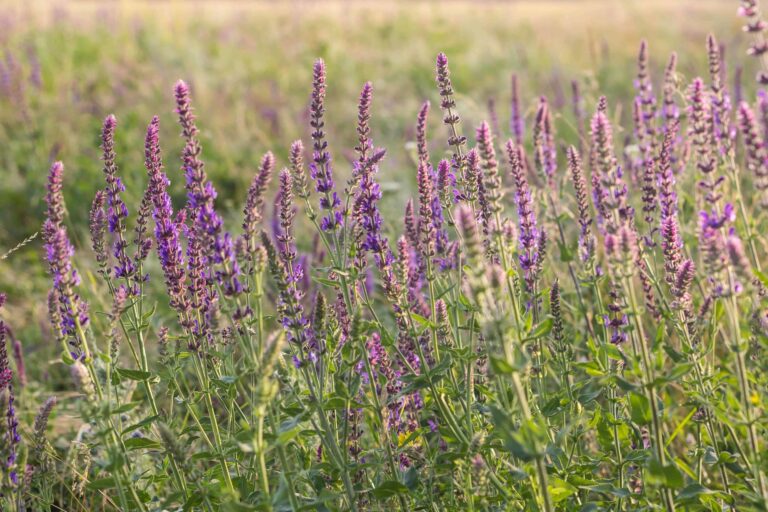How to Grow and Care for Lentils
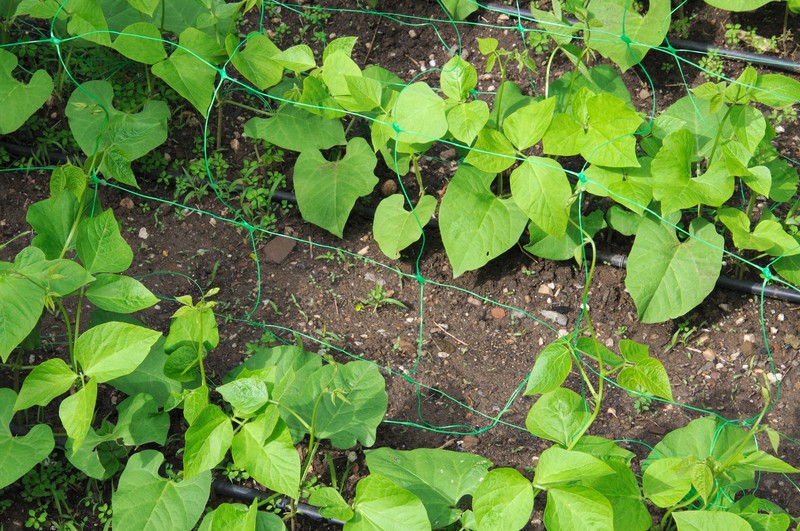
Lentils are a cool-season legume. Sow lentils in spring as early as 2 weeks before the average last frost date. Lentils can be started indoors before transplanting to the garden; lentil seeds will germinate in 10 days at 68°F. Lentils require 80 to 110 days to come to harvest.
Description. Lentils are a hardy annual; they are a member of the pea family. Lentils grow on sparsely branched vines from 18 to 24 inches tall. The lentil has small whitish to light purple pea-like flowers. Pods are small, broad, and flat, and contains one or two flat, lens-shaped seed that is green or yellow to orange, red, or brown.
Lentils .flower from the lower branches up until harvest. Each flower produces a short pod that contains two seeds
Yield. Plant 4 to 8 lentils per household member.
Good Products for Growing Lentils at Amazon:
- Garden Safe Snail and Slug Bait
- Bonide Sulfur Fungicide
- Monterey BT Caterpillar Killer
- Neem Bliss 100-% Cold Pressed Neem Oil
- Safer Brand Insect Killing Soap
- PyGanic Botanical Insecticide
Where to Plant Lentils
- Plant lentils in full sun.
- Lentils prefer loose, well-drained soil rich in organic matter.
- Lentils will grow in poor soil but the yield will be reduced.
- Lentils will not grow well in water-logged soil.
- Lentils grow best in soil with a pH between 6.0 and 6.5.
- Add aged compost to planting beds before sowing.
When to Plant Lentils
- Lentils grow best in cool weather.
- Sow lentils outdoors in spring as early as 2 to 3 weeks before the average last frost date.
- Lentils can be started indoors 2 to 4 weeks before setting in the garden.
- Lentil seeds will germinate in 10 days at 68°F.
- Young lentil plants are frost tolerant/
- Lentils require 80 to 110 days to come to harvest.
Planting and Spacing Lentils
- Sow lentil seeds 1 to 1½ inches deep, deeper if the soil is dry.
- Space seeds 1 inch apart.
- Innoculate lentil seeds before planting with Rhizobium leguminosarum.
- Thin successful seedlings to 4 to 5 inches apart.
- Space rows 18 to 24 inches apart.
- A target population per acre is 400,000 plants.
Watering and Feeding Lentils
- Keep the soil where lentils grow evenly moist.
- Lentils are more drought tolerant than other legumes, however, the yield will be less in dry conditions.
- Do not water lentils once pods have begun to dry near harvest time.
- High humidity can reduce yield and seed quality.
- Add aged compost to planting beds before sowing; this provides the most nutrients needed during the growing season.
- Side dress lentils with compost tea when plants are 5 inches tall and again at flowering.
Caring for Lentils
- Support lentils with a low trellis. Without a trellis, lentils should be set 5 inches apart to ensure ample air circulation.
- Protect early crops from pests and frost with row covers.
- Keep the lentil planting area free of weeds; lentils do not compete well with weeds.
- Protect lentil plants from wind.
Lentil Companion Plants
- Plant lentils with potatoes, cucumbers, and summer savory.
- Avoid planting lentils with onions or garlic.
Container Growing Lentils
- Lentils can be grown in containers, but several plants are required for a practical yield.
- Grow plants in pots at least 8 inches deep.
Lentil Pests
- Aphids may attack lentils. Control aphids by pinching out infested areas or hosing them off of the plant with a blast of water.
- Weevils may attack lentils; remove and destroy infested plants.
- Rotate crops to avoid repeat infestations.
- Other pests that may attack lentils are thrips, Lygus bugs, seedcorn maggots, and wireworms.
Lentil Diseases
- Lentils have no serious disease problems.
- Mildew may attack lentils that are too closely planted.
Harvesting Lentils
- Harvest lentils when the plant begins to turn yellow and the pods become brown.
- Lentils are commonly used as dry beans or peas.
- For dried seeds, harvest pods when they have matured and hardened.
- Leave lentils unshelled until you are ready to use them.
- Dried lentils are ready for harvest 110 days after sowing.
- Lentils also can be used as snap beans; harvest these green about 70 to 80 days after sowing.
Storing and Preserving Lentils
- Unshelled green-pod lentils will keep in the refrigerator for one week.
- Dried, shelled lentils can be stored in a cool, dry place for 10 to 12 months.
- Lentils can also be sprouted.
- Lentils are high in protein. They are used in soups, stews, casseroles, and salad dishes.
Lentil Varieties to Grow
- Lentils can be divided into large lentils and small lentils. There are dozens of varieties of each type.
- Three common lentil varieties are flat brown ones, small yellow ones, and large pea-shaped ones.
Get to Know Lentils
- Lentils are a pulse crop, a grain legume.
- Lentils are believed to be one of the first agricultural crops, growing more than 8,000 years ago.
- Lentils were first grown in the Near East region of the Mediterranean. They were later grown in Asia, Europe, and finally in the Western Hemisphere.
- Lentils grow well in regions where there is little rainfall.
Common name. Lentil
Botanical name. Lens culinaris
Origin. Mediterranean region
Related Articles:
Bean Growing Problems: Troubleshooting
How to Grow Chickpeas–Garbanzo Beans
Garden Planning Books at Amazon:
- Vegetable Garden Almanac & Planner
- Kitchen Garden Grower’s Guide Vegetable Encyclopedia
- Tomato Grower’s Answer Book
- Vegetable Garden Grower’s Guide


